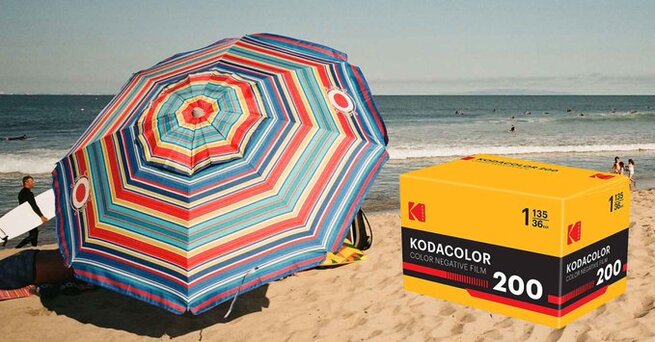Alerts

For the first time in over a decade, Kodak launches Kodacolor 100 and 200 to feed the film resurgence, marking a bold return to hands-on film distribution. The company’s comeback move is set to delight analog photographers and stabilize supply chains in a market that’s been struggling with high prices and limited stock.
Kodak’s decision to distribute directly to stores — instead of relying on Kodak Alaris, which handled distribution after the company’s 2012 bankruptcy — signals a new era. By taking control of the process again, Kodak aims to keep film prices reasonable and ensure a steady supply for loyal photographers.
This strategic shift could make a huge difference as film photography continues its surprising comeback among Gen Z creators and professionals alike.
In an Instagram announcement, Kodak introduced Kodacolor 100 and Kodacolor 200 as “sub-brands of existing Kodak films.” That means they aren’t entirely new emulsions, but rather updated identities for familiar film stock.
Industry watchers believe Kodacolor 100 is derived from ProImage 100, while Kodacolor 200 shares characteristics with Color Plus 200. Even though these may not be brand-new formulas, their rebranding under the classic Kodacolor name taps into nostalgia — and reminds photographers why they fell in love with film in the first place.
Over the past few years, film photographers have faced steep price hikes and frequent shortages. With Kodak launching Kodacolor 100 and 200 to feed the film resurgence, the company is offering hope for affordability and accessibility.
Kodak’s renewed control over distribution means less reliance on third parties, fewer delays, and potentially fairer pricing — all while catering to a growing generation of creatives rediscovering the joy of analog images.
The rise of TikTok and Instagram aesthetics has fueled a growing demand for authentic, grainy film photos. Kodak’s re-entry into direct distribution couldn’t come at a better time. By reviving Kodacolor, Kodak is not just keeping up with the trend — it’s shaping it.
As more photographers return to analog, the Kodacolor 100 and 200 releases could serve as a bridge between nostalgia and modern creativity.
By bringing back Kodacolor and controlling its own distribution, Kodak is proving it understands what the modern film community wants — authenticity, consistency, and accessibility.
For a brand synonymous with photography’s golden age, this isn’t just a product launch. It’s a cultural revival.
𝗦𝗲𝗺𝗮𝘀𝗼𝗰𝗶𝗮𝗹 𝗶𝘀 𝘄𝗵𝗲𝗿𝗲 𝗿𝗲𝗮𝗹 𝗽𝗲𝗼𝗽𝗹𝗲 𝗰𝗼𝗻𝗻𝗲𝗰𝘁, 𝗴𝗿𝗼𝘄, 𝗮𝗻𝗱 𝗯𝗲𝗹𝗼𝗻𝗴. We’re more than just a social platform — from jobs and blogs to events and daily chats, we bring people and ideas together in one simple, meaningful space.
